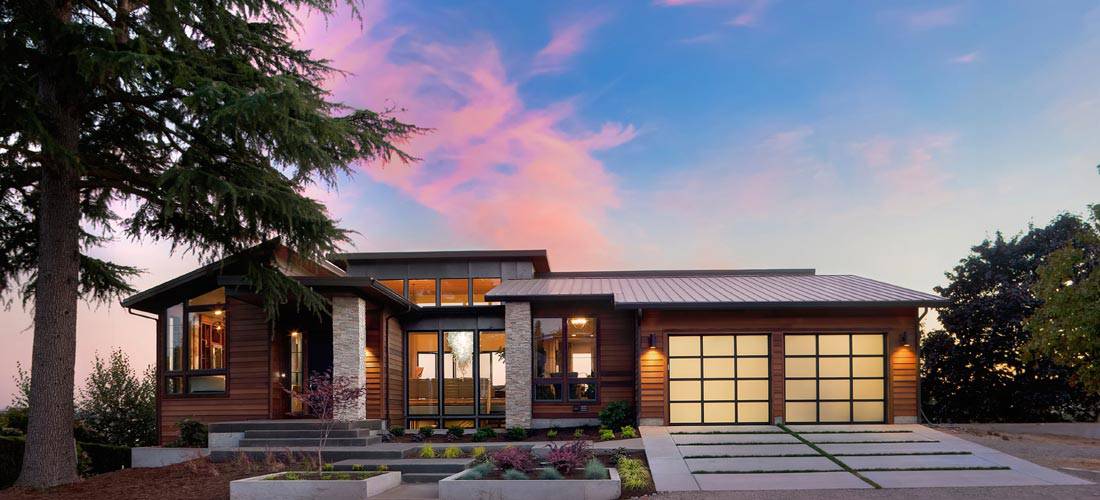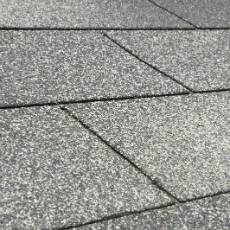A comparison guide on natural slate roofing vs composite roofing. Which one works for you? Read on to find out more.
When you decide to complete a residential roofing project, you have dozens of shingle and other roofing material options to choose from. Before purchasing any supplies, compare natural slate roofing vs. composite roofing to see which material is best for your project.

Each material type has pros and cons you should be aware of when planning your new roof. Select your roofing material carefully, as the wrong choice could delay the completion of your project and increase your total roofing cost.
Natural slate roofing
 Natural slate roofing can help you create a very distinctive appearance for your home, especially if the houses surrounding your home have asphalt shingle roofs or have roofs shingled with less expensive materials.
Natural slate roofing can help you create a very distinctive appearance for your home, especially if the houses surrounding your home have asphalt shingle roofs or have roofs shingled with less expensive materials.
One of the major advantages of using natural slate is its durability. It is so durable that it resists damage caused by frost and absorbs practically no moisture. Maintained properly, a natural slate roof may last more than 100 years. Slate also resists fire better than other types of roofing materials, making it a good choice if you live in dry climates prone to brush fires and wildfires.
The major drawback of using natural slate roofing is that it is very expensive. The slate tiles cost anywhere from $10 to $40 per square foot. This is much more expensive than asphalt shingles, wood shake and most other roofing materials.
Another drawback of slate is that it is very heavy. You may have to reinforce your roof before you can renovate it with slate tiles. This is a job for only the most experienced roofing contractors.
QualitySmith can help you find a contractor who will give you a roofing estimate and install your new roofing materials safely. Your contractor can also help ensure that your roofing cost stays within your estimated budget.
Composite roofing
 Composite roofing shingles are typically made from fiberglass or asphalt. They may also be made from recycled roofing materials.
Composite roofing shingles are typically made from fiberglass or asphalt. They may also be made from recycled roofing materials.
One of the major advantages of using a composite roof shingle is that this type of shingle is cheaper than natural slate. Composite shingles are also available in a wide selection of colors and styles, giving you a number of options when you are planning the look of your new roof.
The major disadvantage of using composite shingles is that they can blow off of your roof during bad weather. It is also difficult to replicate the impressive look of slate and tile if you use composite shingles for your roof.
When selecting materials for a roof repair project, you must consider roofing prices and the roofing warranty available on each product you are considering. You should also consider the maintenance requirements associated with each type of roofing material. Natural slate, for example, needs regular cleaning to help maintain its appearance. Regular maintenance will help you increase the service life of your new roof, so understanding the requirements ahead of time will help you select the right product.
Before making any decisions, compare natural slate roofing vs. composite roofing to see which one fits your budget and your design plan.













Write a Comment